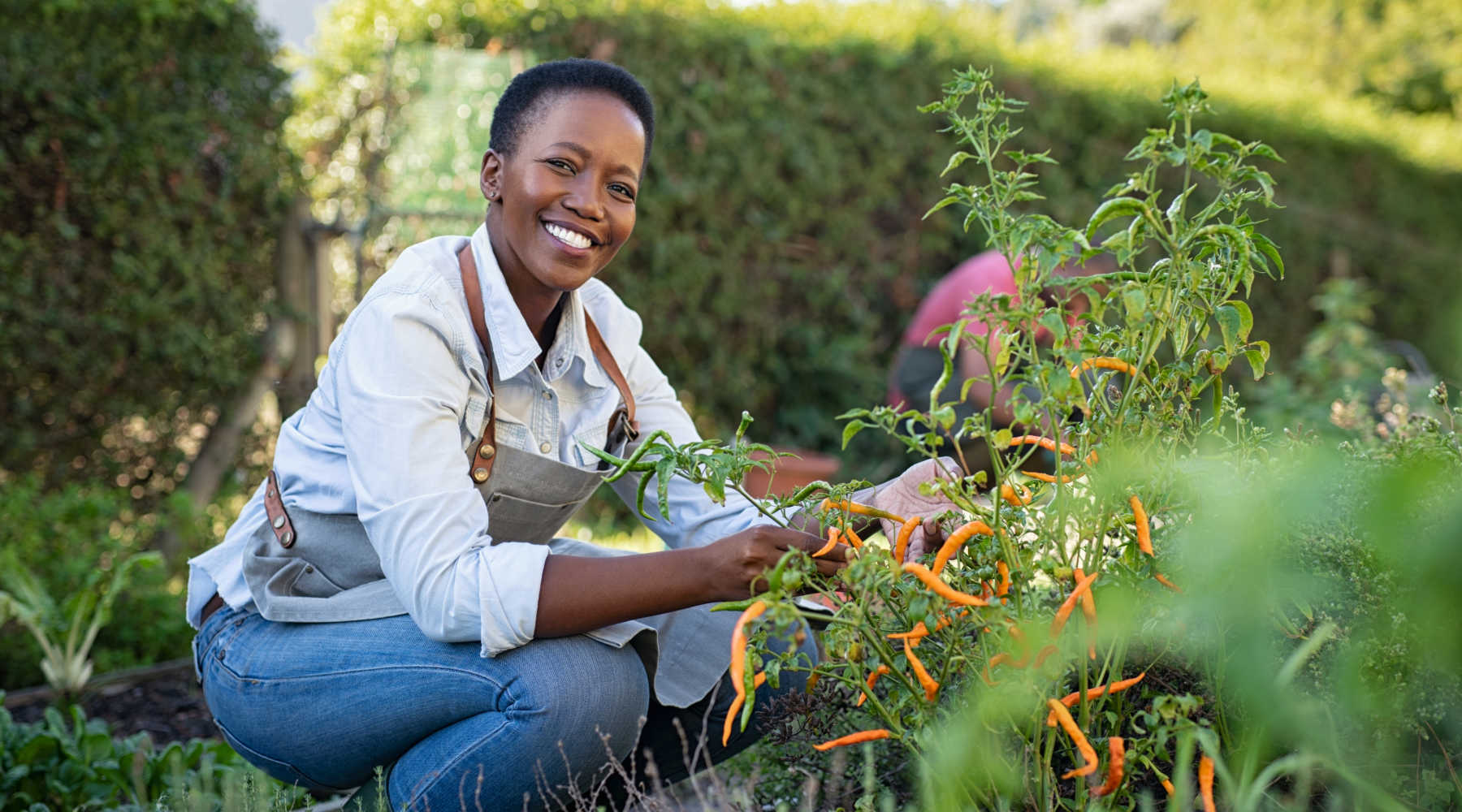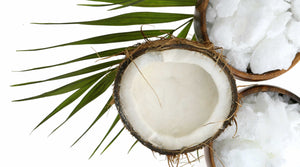Sourcing Seeds
1. Locate Native Seeds: Plants grow best in their natural environment. Buying local seeds supports your community and helps to keep your area 's eco-system in balance.
2. Go Organic: If there's any question if your seeds are organic or not, contact the seed company and make sure the seeds are non-GMO and haven 't been sprayed with any pesticides, herbicides, fungicides, etc.
3. Encourage Biodiversity: Plants enjoy a diverse eco-system. Nature regulates itself when this is present. Some plants will naturally ward off pests or attract their predators. PlantHeirloom- An heirloom plant, heirloom variety, or (especially in the UK) heirloom vegetable is an open-pollinated cultivar that was commonly grown during earlier periods in human history, but which is not used in modern large-scale agriculture. Since most popular heirloom plants are vegetables, the term heirloom vegetable is often used instead. The trend of growing heirloom plants in gardens has been growing in popularity in the United States and Europe over the last decade.
4. Buy Heirloom Seeds: Just like animals, plant species can and do go extinct. To ensure their survival, plant rare or heirloom seeds whenever possible.
5. Enjoy Yourself: Have fun in your garden, connect with nature and the food that you grew yourself!
"Permaculture is a philosophy of working with, rather than against nature; of protracted and thoughtful observation rather than protracted and thoughtless labor; and of looking at plants and animals in all their functions, rather than treating any area as a single product system."
- Bill Mollison
Feeding Your Soil
6. Be sure to Twice-dig: This means loosen the soil at least 12 in depth for proper root growth (twice the depth of a shovel or D-spaded fork).
7. Add Beneficial Microorganisms: This can be friendly nematodes, mycorrhizal fungi, effective microorganisms and earthworms. You can also find an organic gardening book like, The Organic Manual by Howard Garrett that will share what specific microorganisms to use for organic pest control.
8. Use Organic Fertilizers: This includes composted horse manures, bat guano, zeolites, dolomite, and seaweed teas. Organic fertilizers feed the microorganisms for healthy soil, while commercial fertilizers kill off these necessary organisms which depletes the soil. Organic fertilizers also offer a wide variety of nutrients and trace minerals for proper nutrition that commercial fertilizers just don 't provide.
9. Keep Soil Moist with Filtered Water: Clean water is important to maintain the lives of your soil-based organisms, and most of your vegetables will be composed of water. Remember – Health plants start with healthy soil!
10. Mix in Compost: Compost improves the structure of soil, provides good aeration, nutrient content, beneficial microbes, holds moisture, and acts as a toxin neutralizer. Use your own compost whenever possible because it is unsustainable to outsource compost.It is estimated that in the United States, about one quarter of all the methane emissions (a major global- warming-causing gas (also a huge by-product of the meat industry)) is caused by organic waste rotting in landfills.Get yourself a good compost guide like Composting, An Easy Household Guide by Nicky Scott. This will help you learn how to properly compost in any living situation (house, apt, etc.)When using compost and organic methods, commercial and soil additives are unnecessary! You can cut your costs dramatically by going organic!
- Abundant Life Seeds: AbundantLifeSeeds.com
- Seeds of Change: SeedsofChange.com
- Seeds Trust: SeedsTrust.com



